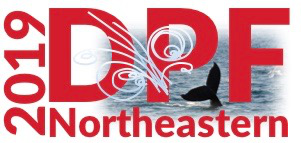Speaker
Description
In gigaton scale neutrino detectors, such as the IceCube experiment, interaction products are detected by the Cherenkov radiation emitted by their passage through the detector medium. Simulating this propagation of light is traditionally approached through ray tracing. This is complicated by the sparsity of the detector: the vast majority of light rays are scattered and absorbed by the detector medium, with only a tiny fraction finding their way to a light sensitive element. In this presentation, I develop an alternative method, based on the Metropolis light transport algorithm used in the CGI industry. This method poses the problem as a classical path integral, and samples only the paths of light rays that end on a light sensitive element using a Markov chain Monte-Carlo. This yields a significant performance increase of up to 1000 times compared to ray tracing when simulating the timing distribution of light detected by a photo-sensitive element.
